Five Generations of Tequila and Counting…
Fortaleza is a traditional, family produced premium tequila.

Fortaleza is a traditional, family produced premium tequila.
Even though Tequila Fortaleza is relatively new to the market, having been established in 2005, their brand has over 140 years of history behind it. Tequila Fortaleza’s story begins with Don Cenobio, the family’s great-great grandfather who founded his first distillery – La Perseverancia – in 1873, in the town of Tequila, Jalisco. Don Cenobio is integral to both Tequila Fortaleza and the tequila industry as a whole. For instance, he was the first person to export “mezcal de tequila” to the United States, shorten the name to just Tequila, and implement the use of steam to cook the agave (instead of an earthen pit), Cenobio also stated that the Blue Agave was the best agave to use for production.
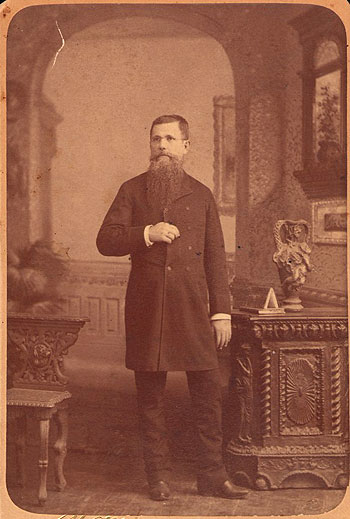
After Don Cenobio passed away, his son, Eladio took over the distillery in 1909. Eladio was responsible for sharing tequila with the world and helped to establish it as the national drink of Mexico. He also founded his own distillery, La Constancia.
In 1946, when Eladio passed away, the family business was passed on to his son, Francisco Javier. Don Javier also implemented new and exciting changes within the tequila industry. His most important contributions were helping to establish the Denomination of Origin for tequila and making the family’s brand the most well-known in the world.
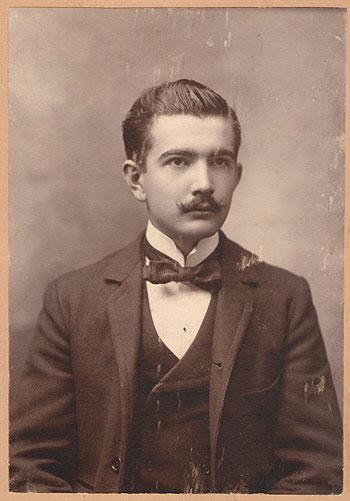
Don Javier bought a piece of land in the town of Tequila so he could build a hacienda on the highest point of town, overlooking his rival’s distillery. On this land sat a small distillery, which Don Javier named La Fortaleza. With a small brick oven, a tahona pit, a few wood fermentation vats, and 2 small copper pot stills, the family produced tequila here until 1968. However, the distillery did not produce enough spirit so it was shut down and converted into a museum to show the traditional tequila-making process.
It was not until 1999, when Guillermo, Don Javier’s grandson, began the process of getting Destileria La Fortaleza up and running again. After several years of renovations and hard work, Don Guillermo began producing tequila like it was made 100 years ago.
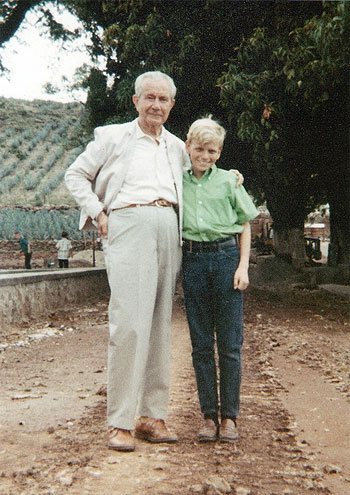
Agave
The agave plants used in Fortaleza come from the heartland of tequila, known as Tequila Valley in Jalisco, Mexico. The plants grow and mature for 8 years before they are harvested. The agave that grows around the distillery is very sweet and mineral-rich, and has a lot to do with the signature aromas and flavors inside of Fortaleza tequila.
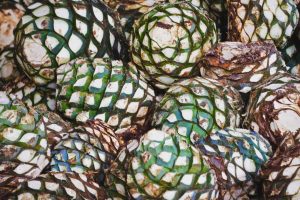
Cooking
The agaves are slowly cooked for 36 hours in a very old stone oven. As the agaves slowly cook, starches inside the agaves turn into sugars, and deep caramelization happens.
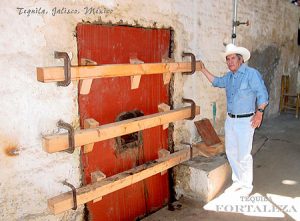
Crushing
Tequila Fortaleza is 100% stone crushed. By using a “tahona”, a large round 2-ton volcanic stone pulled by an electric tractor, all of the agave fibers are crushed in a stone pit inside of the distillery. In this step the sugars are separated from the fibers of the plant so that the fermentation can fully occur.
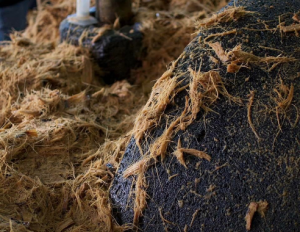
Fermenting
Fermentation is done in wood open-air tanks. A special yeast that has been in the family for generations is used to eat sugars and produce alcohol. No other sugars or yeast-accelerating chemicals are added to the process and all Fortaleza tequilas are made of 100% blue agave.
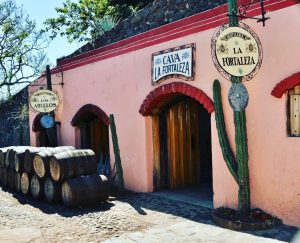
Distilling
Fortaleza is distilled twice in traditional copper pot stills. These stills have been in place since the distillery was built more than 100 years ago. At Fortaleza, the tequila is distilled “close to proof” in order to preserve as much of the agave flavor as possible.
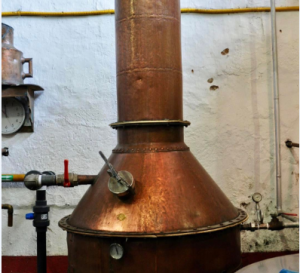
Aging
Fortaleza is aged in used American oak barrels. These barrels are re-chipped and re-charred and bring a great deal of depth and complexity to Fortaleza Reposado and Añejo tequilas.
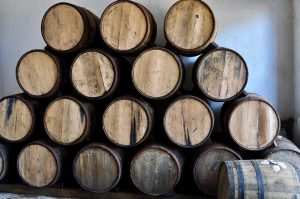
Bottling
The bottles are hand-blown in Jalisco, Mexico at the distillery. As a result, each one is a tiny bit different.
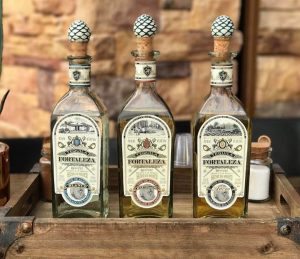
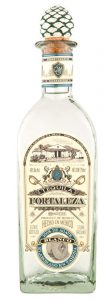
Aromas of citrus, and rich cooked agave fill your nose in this unique and very special blanco tequila. Also present: butter, olive, earth, black pepper, and a deep inviting vegetal complexity.
Flavors include citrus, cooked agave, vanilla, basil, olive, and lime. The finish is long and deep, complex yet easy to drink.
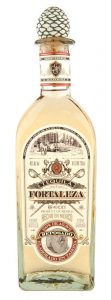
Aromas of citrus, caramel, butter, cooked agave, and sage are the beginning of a pleasingly balanced and very unique tasting experience.
Flavors include cooked agave, citrus, vanilla, apple, earth, and cinnamon. The finish is long and rich, delicately spicy, and it has an oily texture that make it a joy to drink.
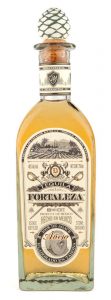
Caramel, vanilla, butterscotch and cooked agave aromas practically jump from the glass in this highly-praised and perfectly-aged añejo.
Once in your mouth, the full cooked agave experience continues with a thick and oily texture that coats your mouth in a very soothing way. Butterscotch, caramel, toffee, citrus, and hazelnuts are common flavors that people identify.